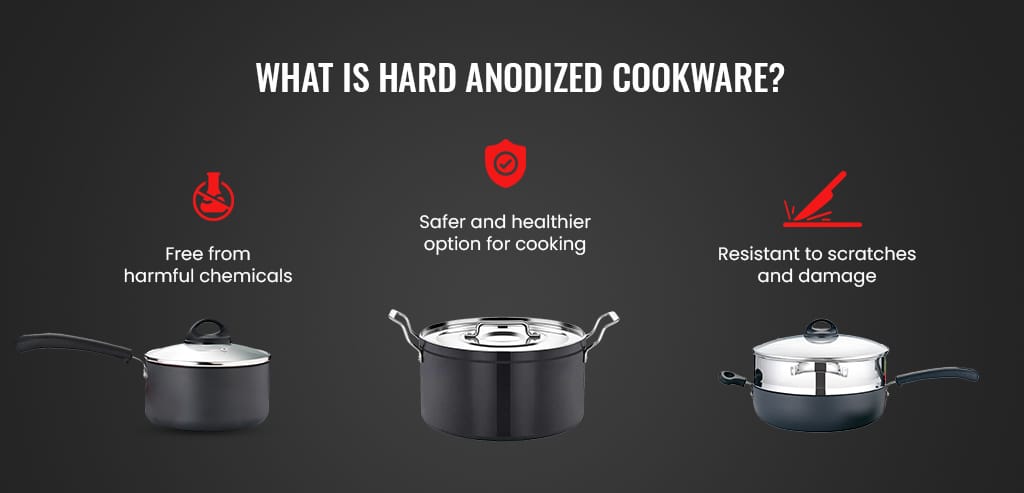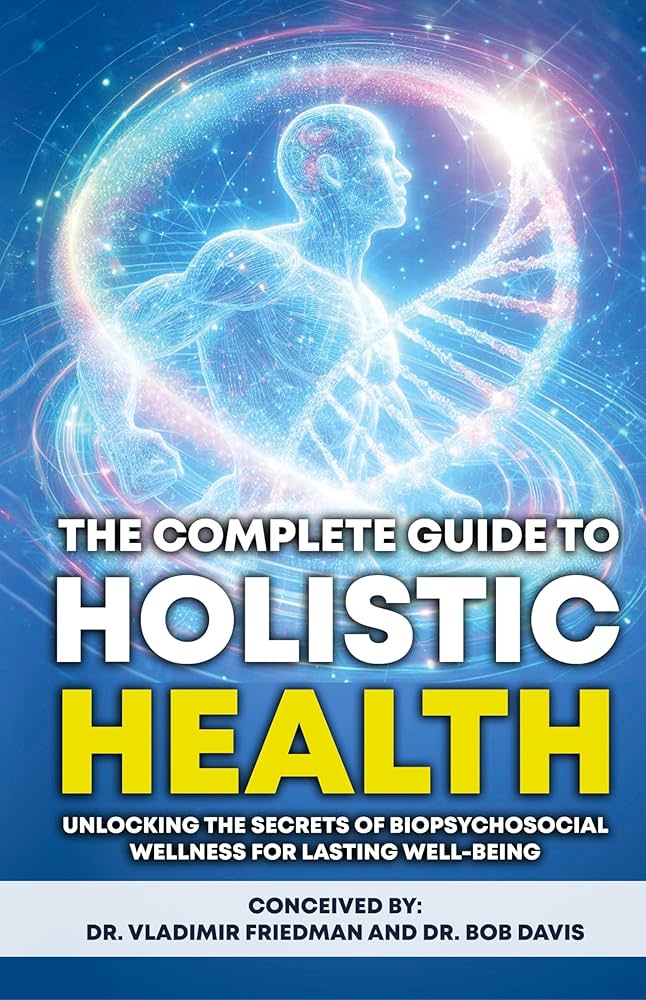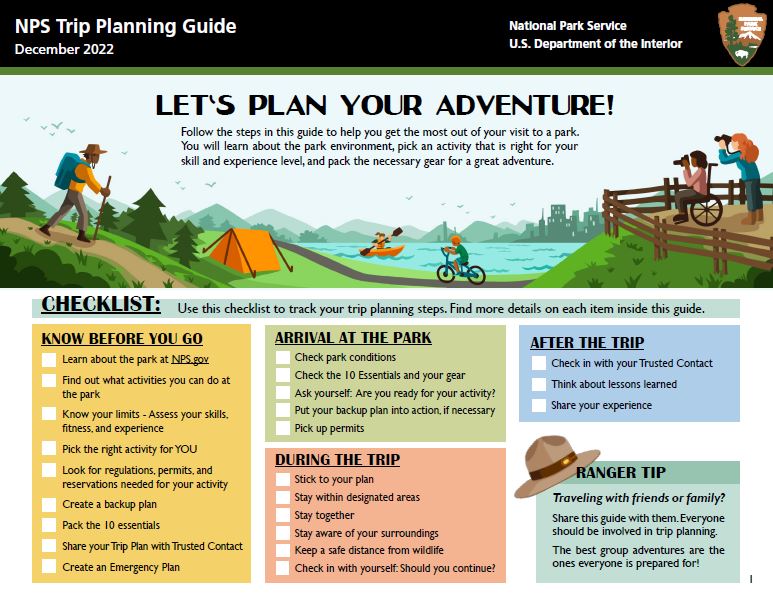The healthcare sector in Wilmington offers a diverse range of professional opportunities. These roles encompass various specializations, from direct patient care to administrative and support functions, contributing to the overall health and well-being of the community. Examples include positions for registered nurses, medical assistants, laboratory technicians, and healthcare administrators.
The availability of these opportunities is vital for the city’s economic health and ensures access to quality medical services for its residents. Historically, the growth of the healthcare industry has been a stabilizing force, providing consistent employment and attracting skilled professionals to the region. Its presence strengthens the local economy and improves the overall quality of life.
Understanding the scope and variety within the medical field helps job seekers identify potential career paths and informs workforce development initiatives. Therefore, further examination of the specific roles, required skills, and educational pathways is warranted for a comprehensive understanding of professional prospects within the Wilmington healthcare landscape.
1. Diverse job roles
The expression “wilmington health careers” inherently encompasses a wide spectrum of job roles, spanning clinical, administrative, and support functions. The availability of these diverse positions is not merely coincidental; it is a foundational element upon which the healthcare system’s functionality depends. A shortage in one area can create a ripple effect, impacting patient care and operational efficiency across the board. For example, an insufficient number of medical coders can delay insurance reimbursements, while a lack of respiratory therapists can compromise the care of patients with pulmonary conditions. The variety of positions within the healthcare field allows individuals with different skill sets and educational backgrounds to contribute to the common goal of providing comprehensive medical services.
Consider the range of professionals involved in a single patient’s journey, from the initial interaction with a receptionist to diagnostic procedures performed by radiologists and the subsequent treatment provided by physicians and nurses. Each role requires specialized knowledge and training, and the seamless coordination of these diverse functions is crucial for optimal patient outcomes. The economic impact of these varied roles is substantial, as the healthcare sector is a significant employer in Wilmington. Furthermore, the presence of diverse healthcare career options attracts skilled professionals to the city, enhancing the overall quality of the workforce and contributing to economic growth.
In conclusion, the link between diverse job roles and Wilmington’s healthcare landscape is inseparable. Maintaining a robust and well-staffed healthcare system necessitates a continuous effort to attract, train, and retain professionals across a broad range of specializations. Recognizing the importance of this diversity is essential for policymakers, educators, and healthcare administrators to ensure that the community’s healthcare needs are adequately met. The success of “wilmington health careers” hinges on the collective contributions of individuals in these varied roles.
2. Growing demand
The burgeoning need for healthcare professionals in Wilmington directly impacts the landscape of career opportunities within the sector. This surge in demand stems from multiple converging factors, including an aging population requiring increased medical services, advancements in medical technology necessitating specialized personnel, and ongoing efforts to expand healthcare access to underserved communities. The escalating demand exerts pressure on existing healthcare infrastructure, creating a significant need for a larger and more skilled workforce across various medical disciplines.
The consequences of unmet demand manifest in various forms, such as longer wait times for appointments, increased workloads for existing staff, and potential limitations in the availability of specialized medical services. Conversely, recognizing and addressing this growing demand proactively leads to increased investment in healthcare education programs, recruitment initiatives, and retention strategies. For example, local hospitals might partner with community colleges to create accelerated nursing programs, or offer sign-on bonuses to attract experienced physicians. These efforts contribute to a more resilient and responsive healthcare system capable of meeting the evolving needs of the Wilmington community.
In conclusion, the escalating demand for healthcare services directly shapes the opportunities available within “wilmington health careers.” Effectively addressing this demand requires a collaborative approach involving healthcare providers, educational institutions, and policymakers to ensure a sustainable pipeline of qualified professionals. Failing to meet this challenge could compromise the quality and accessibility of healthcare services within the city, ultimately impacting the health and well-being of its residents.
3. Skill Requirements
The demands within Wilmington’s healthcare sector necessitate a highly skilled workforce. The requisite skills directly correlate with the quality of patient care, operational efficiency, and the overall effectiveness of the healthcare system. These skill requirements encompass a broad spectrum of competencies, ranging from technical expertise to interpersonal abilities.
-
Clinical Proficiency
Clinical proficiency forms the bedrock of many “wilmington health careers.” This includes a thorough understanding of medical procedures, diagnostic techniques, and patient care protocols. For instance, a registered nurse must demonstrate proficiency in administering medications, monitoring vital signs, and responding to medical emergencies. Deficiencies in clinical proficiency can lead to medical errors, compromised patient safety, and legal liabilities.
-
Technical Acumen
The increasing reliance on technology in healthcare settings necessitates a strong technical acumen among healthcare professionals. This includes the ability to operate complex medical equipment, utilize electronic health records (EHRs), and interpret diagnostic images. For example, a radiology technician must be proficient in operating MRI and CT scanners. Lack of technical skills can hinder the effective use of technology, leading to inefficiencies and inaccurate diagnoses.
-
Communication Skills
Effective communication is paramount in healthcare, facilitating clear information exchange between healthcare providers, patients, and their families. This involves active listening, empathy, and the ability to explain complex medical information in a simple and understandable manner. A physician, for example, must be able to communicate treatment options effectively to a patient. Poor communication can lead to misunderstandings, anxiety, and non-compliance with treatment plans.
-
Critical Thinking and Problem-Solving
Healthcare professionals frequently encounter complex and unpredictable situations that require critical thinking and problem-solving skills. This involves the ability to analyze information, identify potential solutions, and make sound judgments under pressure. For instance, an emergency room physician must be able to quickly assess a patient’s condition and determine the appropriate course of treatment. Deficiencies in these skills can result in delayed or inappropriate care, potentially jeopardizing patient outcomes.
These skill requirements collectively contribute to the quality and effectiveness of “wilmington health careers.” Continuously developing and refining these skills is essential for healthcare professionals to meet the evolving demands of the healthcare landscape and provide the best possible care to the community.
4. Educational Pathways
The connection between educational pathways and “wilmington health careers” is fundamental to the sustained provision of quality healthcare services within the city. The availability of qualified professionals is directly contingent upon the existence of robust educational programs that prepare individuals for the specific demands of various healthcare roles. A deficiency in accessible and effective educational opportunities directly impacts the ability of Wilmington’s healthcare system to meet the needs of its population. For example, a shortage of certified nursing assistants might be traced back to a lack of affordable or readily available training programs in the local area.
These educational pathways encompass a broad spectrum, ranging from vocational training programs for entry-level positions to advanced degree programs for specialized medical professionals. Community colleges, universities, and specialized training institutions all play a vital role in providing the necessary knowledge, skills, and credentials for individuals seeking to enter or advance within “wilmington health careers.” Consider the career trajectory of a medical laboratory technician, beginning with an associate’s degree from a community college, followed by on-the-job training and possible certification. Without access to appropriate educational resources, this individual’s career progression, and consequently the diagnostic capabilities of the healthcare facility, would be significantly limited.
In conclusion, the strength of “wilmington health careers” is inextricably linked to the accessibility and quality of educational pathways within the region. Investing in and supporting these pathways is essential for ensuring a sustainable supply of skilled healthcare professionals, capable of meeting the evolving needs of the community. Challenges such as the cost of education, limited program availability, and a lack of awareness of career opportunities require proactive attention from policymakers, educational institutions, and healthcare providers. Failing to address these challenges could have long-term consequences for the quality and availability of healthcare services in Wilmington.
5. Community impact
The influence of “wilmington health careers” extends beyond the walls of medical facilities, deeply affecting the overall well-being and prosperity of the community. The presence of a robust healthcare sector is a vital component of a thriving society, contributing to economic stability, improved public health outcomes, and an enhanced quality of life for residents.
-
Economic Stability
Healthcare is a major employer, providing jobs and contributing to the local economy. Professionals filling “wilmington health careers” contribute to the tax base, supporting public services like schools and infrastructure. The presence of a strong healthcare sector also attracts other businesses and residents, further stimulating economic growth. A reduction in healthcare jobs would have cascading negative impacts on the local economy.
-
Public Health Outcomes
The availability of qualified healthcare professionals directly impacts the health of the population. Adequate staffing allows for preventative care, early diagnosis, and effective treatment of illnesses. “Wilmington health careers” are essential for combating chronic diseases, reducing infant mortality rates, and increasing life expectancy. Inadequate access to healthcare professionals leads to poorer health outcomes and increased healthcare costs in the long run.
-
Access to Care for Vulnerable Populations
Healthcare professionals play a crucial role in ensuring access to care for vulnerable populations, including the elderly, low-income individuals, and those with disabilities. “Wilmington health careers” include positions that specifically address the needs of these groups, such as community health workers and geriatric specialists. A lack of access to culturally competent healthcare providers can exacerbate health disparities and perpetuate inequities within the community.
-
Community Health Education and Prevention
Healthcare professionals are often involved in educating the public about healthy lifestyles and preventative measures. “Wilmington health careers” encompass roles that focus on community outreach and health education, such as public health nurses and health educators. These professionals promote healthy behaviors, raise awareness about health risks, and empower individuals to take control of their health. Effective community health education programs can significantly reduce the incidence of preventable diseases.
These facets highlight the multifaceted impact of “wilmington health careers” on the community. Maintaining a strong and well-supported healthcare sector is essential for ensuring the health, well-being, and economic prosperity of Wilmington. A community thrives when its members have access to quality medical care, and those “wilmington health careers” are the cornerstone of this fundamental societal need.
Frequently Asked Questions About Healthcare Professions in Wilmington
This section addresses common inquiries regarding professional opportunities in the medical field within the Wilmington area. These answers are intended to provide clear and concise information, fostering a better understanding of the realities and requirements associated with pursuing a career in this sector.
Question 1: What are the most in-demand healthcare professions in Wilmington?
Currently, registered nurses, medical assistants, and home health aides are experiencing significant demand. The aging population and ongoing healthcare reforms contribute to this consistent need for qualified professionals.
Question 2: What level of education is required for entry-level positions in healthcare?
Entry-level positions often require a high school diploma or GED, along with specialized training or certification. Examples include certified nursing assistants (CNAs) and medical secretaries. Some positions may necessitate an associate’s degree.
Question 3: Are there opportunities for advancement within healthcare careers in Wilmington?
Yes, numerous opportunities exist for career advancement. Individuals can pursue further education, specialize in a particular area, or transition into management roles. For example, a registered nurse can pursue a master’s degree to become a nurse practitioner.
Question 4: What resources are available to help individuals explore healthcare career options?
Local hospitals, community colleges, and professional organizations offer career counseling, training programs, and job placement services. Online resources, such as professional association websites and job boards, also provide valuable information.
Question 5: What are the typical working conditions in healthcare professions?
Working conditions vary depending on the specific role and healthcare setting. Many positions require long hours, including evenings, weekends, and holidays. The work can be physically and emotionally demanding, requiring resilience and compassion.
Question 6: How is technology impacting healthcare careers in Wilmington?
Technology is playing an increasingly important role in healthcare, requiring professionals to develop proficiency in using electronic health records, medical imaging equipment, and other advanced technologies. This trend is expected to continue, necessitating ongoing training and adaptation.
The information presented here offers a glimpse into the diverse and evolving landscape of healthcare professions in Wilmington. Further research and exploration are encouraged for those considering a career in this field.
The next section will provide insights into the future outlook for healthcare careers in the region.
Essential Insights for Navigating “Wilmington Health Careers”
This section provides vital tips to assist those interested in pursuing or advancing their careers within the Wilmington healthcare sector. Adherence to these guidelines enhances the likelihood of professional success.
Tip 1: Prioritize Education and Certification: Obtain the necessary educational qualifications and certifications required for the desired healthcare role. Employers prioritize candidates with relevant credentials. For example, a nursing assistant should hold a valid CNA certification.
Tip 2: Network Strategically: Engage with healthcare professionals through industry events, online platforms, and informational interviews. Networking expands professional connections and reveals unadvertised job opportunities.
Tip 3: Gain Practical Experience: Seek internships, volunteer positions, or shadowing opportunities to acquire hands-on experience. Practical experience demonstrates commitment and enhances skills sought by employers.
Tip 4: Develop Strong Communication Skills: Hone both written and verbal communication skills. Effective communication is crucial for interacting with patients, colleagues, and other healthcare professionals.
Tip 5: Maintain Professionalism: Uphold a high standard of professionalism in all interactions. Professionalism includes punctuality, ethical conduct, and a respectful demeanor.
Tip 6: Stay Informed About Industry Trends: Remain current on advancements in healthcare technology, regulations, and best practices. Continuous learning demonstrates a commitment to professional growth.
Tip 7: Research Employers Thoroughly: Before applying for a position, conduct research on the employer’s mission, values, and culture. Alignment with an organization’s values increases job satisfaction and long-term success.
These insights underscore the importance of preparation, dedication, and continuous learning in navigating the landscape of opportunities. Following these tips will significantly increase one’s prospects in the medical field.
The final segment will offer a conclusion, summarizing the article’s key themes and looking forward.
Conclusion
This article has explored the multifaceted nature of professional opportunities within the medical field in Wilmington. Examination of the diverse job roles, growing demand, required skills, educational pathways, and community impact demonstrates the significant role healthcare plays in the region. Understanding these elements is essential for individuals considering a career in the sector and for stakeholders involved in workforce development and healthcare planning.
Continued attention to the evolving demands of “wilmington health careers” is imperative for ensuring the sustained provision of quality medical services to the community. Strategic investment in education, training, and recruitment initiatives is crucial for meeting future healthcare needs and maintaining the economic vitality of the area.



